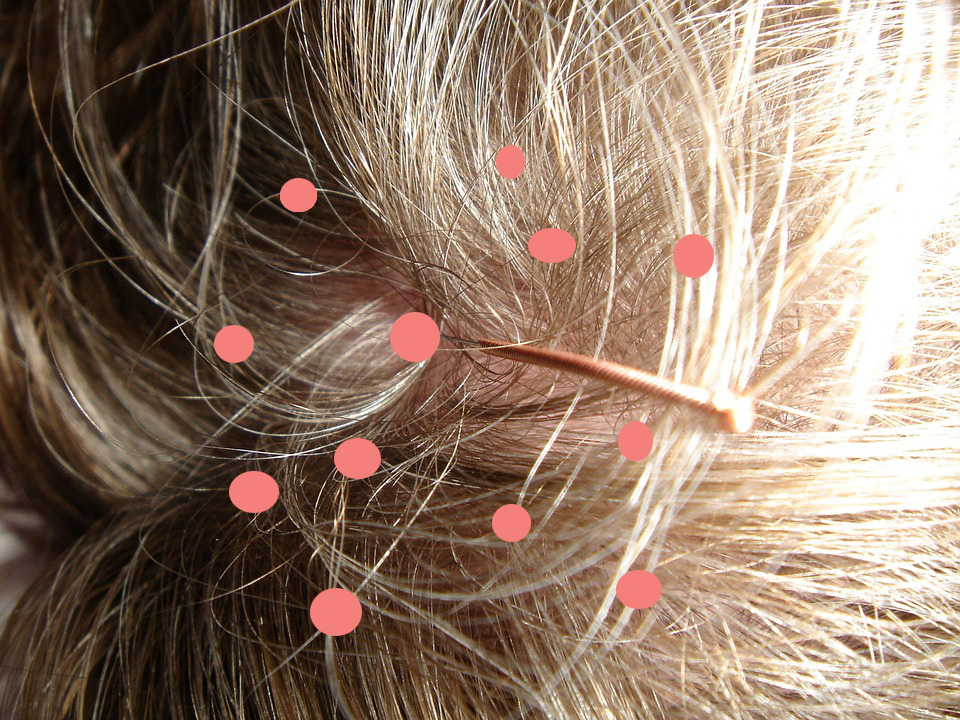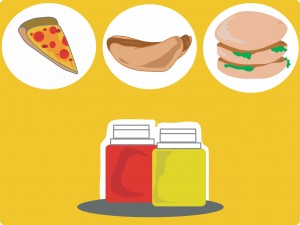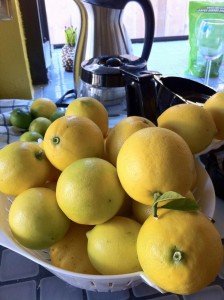There’s a lot of controversy out there in terms of the best ways to really cleanse the body. With all the plans and products out there, it’s easy to forget some of the most effective cleansing foods can be found at your local grocery store. There are foods packed with antioxidants, nutrients and fiber that aid in digestion and provide crucial vitamins that aid in cleaning out your body. Your internal organs function at their peak when they don’t have to work as hard and the best detox diet and cleanse can help you flush out the gunk and get back into gear.
From the foods we eat to environmental factors, we put our organs in overdrive, working to flush out and clean all the junk that makes its way into our bodies on a daily basis.
Next time you’re wandering the isles, consider a few of these detoxing foods to create the best detox diet.
Best Detox Diet: Fruits
Fruits are high in liquid-content, helping the body wash out toxins. They are also very easy to digest and are high in antioxidants, nutrients, fiber and important vitamins.
Best Detox Diet: Green Foods
When creating the best detox diet, fill your refrigerator with blue green algae, barley, wheatgrass, kale, spinach, spirulina, alfalfa, chard, arugula or other organic leafy greens. These plants will help give a chlorophyll-boost to your digestive tract.
Chlorophyll rids the body of harmful environmental toxins from smog, heavy metals, herbicides, cleaning products and pesticides. They also aid the liver in detoxification.
Best Detox Diet: Lemons, Oranges, and Limes
Citrus fruit aids the body in flushing out toxins and jump starts the digestive tract with enzymatic processes. Lemon juice aids the liver in its cleansing processes. To increase detoxification, start each morning with a warm glass of lemon water.
Remember, vitamin C is one of the best detox vitamins around, as it transforms toxins into digestible material. Eat vitamin c foods often to help get more of these benefits.
Best Detox Diet: Garlic
This pungent little bulb is one of the best detoxing foods out there. It helps stimulate the liver into producing detoxification enzymes that help filter toxic residues from the digestive system. I recommend adding sliced or cooked garlic to a suitable dish, as this will help aid any detox diet.
Best Detox Diet: Broccoli Sprouts
Extremely high in antioxidants, the ability for broccoli sprouts to stimulate the detoxification enzymes in the digestive tract is unparalleled. The sprouts are actually more effective than the fully-grown vegetable. – Source
Best Detox Diet: Detoxing The Right Way
When it’s time to cleanse, it’s important to do it the right way to make sure you are staying healthy during your detox routine.
1. A cleansing and hydrating detox diet. A cleansing diet is at the heart of any detoxification program. The goal is to focus on organic, nutrient-dense, and minimally processed foods. Here are the basics:
Eat less animal protein, particularly red meat and dairy. Instead, favor organic plant-based proteins, which will help ease digestive stress and improve elimination. You can incorporate aplant-based protein powder to supplement and fill your protein needs. Green powders, made of concentrated greens such as cereal grasses, sprouts, and green vegetables, can add extra nutritional value and increased detox support.
Eat more alkaline fresh vegetables, such as cucumber, spinach, broccoli, avocado, to counteract the acidity toxins create. An alkaline environment in the body helps promote oxygenation and detoxification, among other health benefits. Emphasize other low-starch leafy vegetables and cruciferous vegetables like cabbage, brussels sprouts, kale, and collard greens. Vegetables may be eaten raw, juiced, steamed, or sautéed in liquid.
Add fiber to your diet, such as flax or chia seeds, psyllium, or rice bran.
Include probiotic foods to improve digestive and overall health by reintroducing healthy probiotic flora (beneficial bacteria) to the digestive tract. Probiotics, like yogurt, pickles, kefir, sauerkraut, miso, and kimchi, are shown to boost immunity, support detoxification, improve nutrient assimilation, and promote overall health.
Eliminate inflammatory foods, that can cause increased toxic body burden, such as alcohol, sugars, processed foods, trans fats, cooked oils, caffeinated beverages, and nonorganic foods.
Drink plenty of pure, filtered water (at least 64 ounces per day), as well as herbal tea. Homemade vegetable broth is an excellent addition, as it’s very nutrient rich and hydrating.
If you stray away from your detox diet, don’t be too hard on yourself! You can always start again. – Source
Best Detox Diet: Detoxing on a Tight Schedule
Sometimes, you just don’t have time to make the best detox diet from scratch. In times like these, your best bet may be a ready-made product. Tere are plenty out there and, of course, some are more effective than others.
LiverActive is one great solution that works to cleanse your body’s natural filter, the liver. At AloeVera.com, we like LiverActive because it’s effective and easy to use.
If you are tight on time, grab a bottle.














